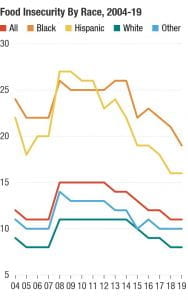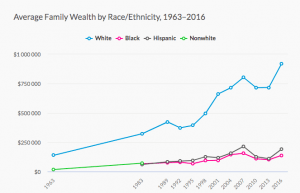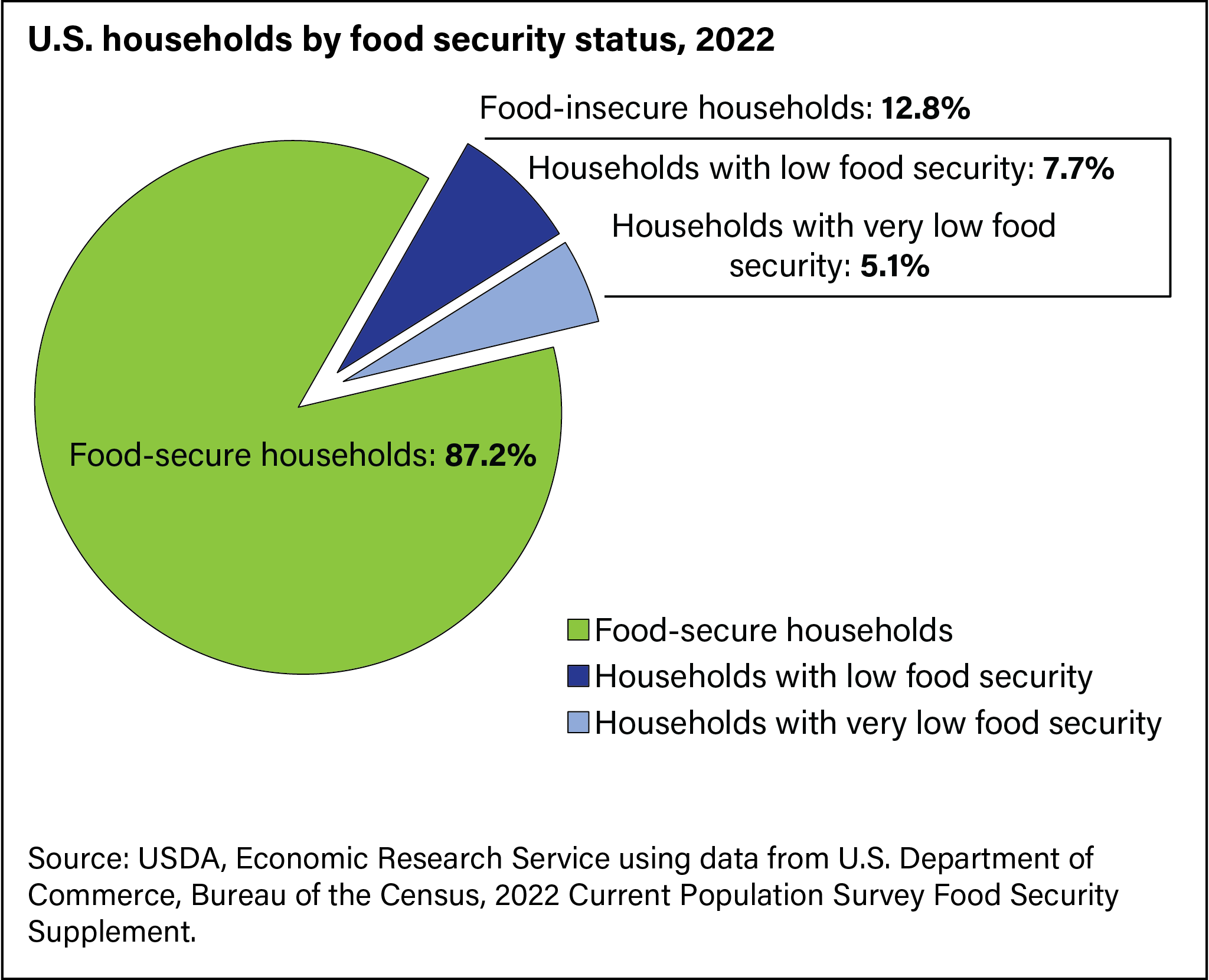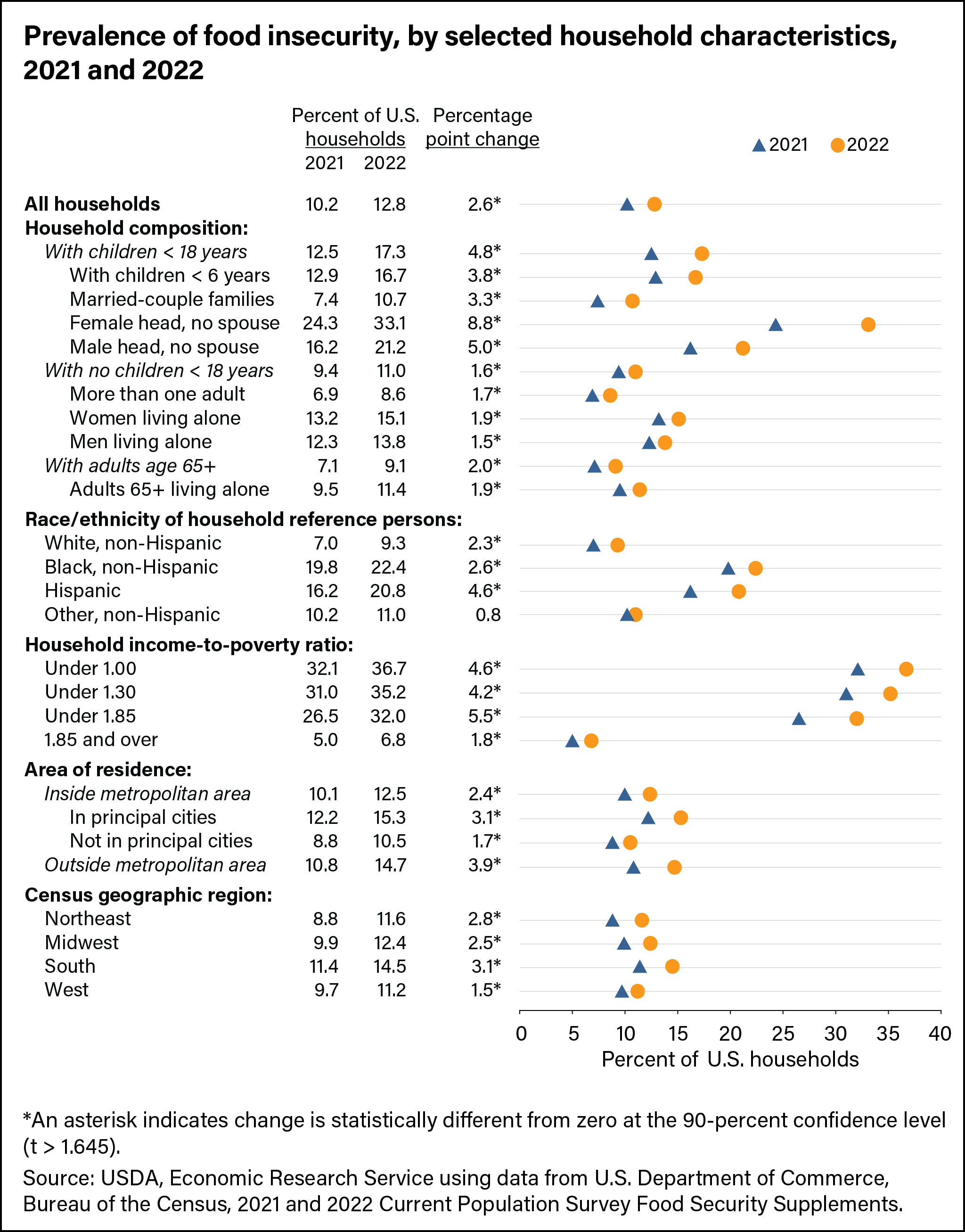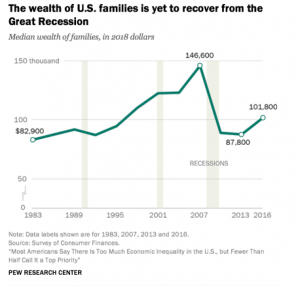In the following charts I will be discussing the recent trends for veganismo before, during, and post-covid. Covid 19, like any other global events, has heightened our awareness on issues surrounding our world and our environment. More people are concern about the health of their loved ones and the health of the planet. when food and toilet paper was sacred, we saw that people were willing to try out alternative options to milk and meat, or whatever they could find in the supermarket.
From the second chart, we can observe that although the number of vegetarian decreased by 0.5 percent from 2019 to 2022, the amount of vegan increased by 2.7 percent. (67 million x 2.7% = one million eight hundred nine thousand) This number is very hopeful in the sense that more people are willing to consume less meat for the sake of the environment. Being a vegan is not easy (I certainly struggle with giving up dairy products), but if a million people can do it, more people will be encouraged to in the future and we can help our environment by a lot. In the first chart we see that 3.3 million of brits live a non-meat lifestyle and I think the US would potentially follow that trend in the future!


Source: https://www.finder.com/uk/uk-diet-trends

